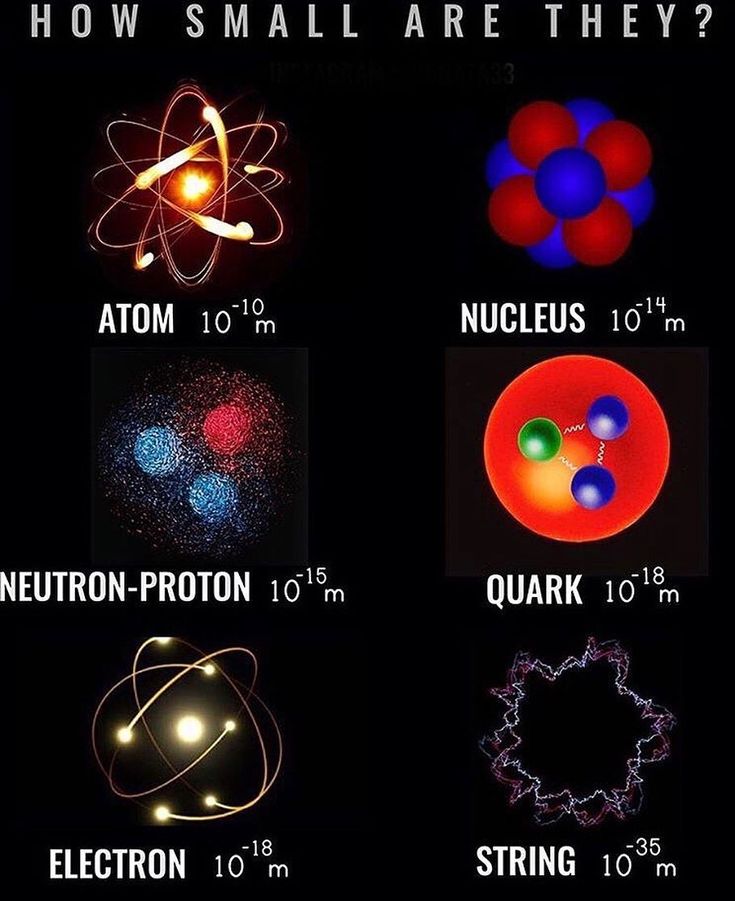Electrons, the elusive elementary particles that inhabit the realm of the atom, have fascinated scientists since their discovery. The inquiry into the nature of electrons is not merely an academic pursuit; it captures the very essence of modern physics, blending the contrasting behaviors of particles and waves. Understanding that electrons are indeed particles requires delving into historical experiments and theoretical frameworks that frame our comprehension of quantum mechanics.
The experimental proof for the particulate nature of electrons is largely rooted in the duality principles of quantum mechanics. The most profound early evidence originated from the work of J.J. Thomson in 1897, during his cathode ray experiments. Thomson discovered that cathode rays, which were seemingly enigmatic streams of particles, could be deflected by electric and magnetic fields. By measuring the extent of deflection, he concluded that these rays consisted of negatively charged entities far lighter than atoms, which he aptly termed ‘corpuscles.’ This pivotal moment signified humanity’s inaugural foray into the quantum realm, laying the groundwork for the concept of the electron as a fundamental particle.
Thomson’s findings not only established the existence of electrons but also propelled inquiries into their charge-to-mass ratio. Subsequent experiments sought to unearth the properties and behaviors of electrons, cementing their classification as particles. For instance, Robert Millikan’s oil drop experiment in 1909 magnified this classification. By quantifying the charge of individual electrons, Millikan managed to deliver an elementary charge value of approximately 1.6 x 10-19 coulombs. This monumental undertaking not only validated the particulate nature of electrons but also reinforced their discrete properties, similar to those inherent in macroscopic objects.
Further experimentation continued to elucidate the behavior of electrons under various conditions, leading to an array of discoveries that would shape the field of particle physics. The photoelectric effect, examined ambitiously by Albert Einstein in 1905, is a quintessential illustration of electronically inclined phenomena manifesting as particles. The effect demonstrated that light incident upon a material surface could eject electrons, an event not classically predictable. The crucial observation was that the kinetic energy of these ejected electrons was dependent on the frequency of incident light, not its intensity. This relationship suggested that light itself behaves as a stream of discrete packets—quanta—applying a strong analogy to particle behavior. Henceforth, the dual wave-particle identity became a recurring motif in the understanding of fundamental particles like electrons.
The wave-particle duality of electrons evolves intriguingly when one examines their behavior in a double-slit experiment—one of the hallmark experiments in quantum physics. When electrons are shot towards a barrier with two slits, they demonstrate interference patterns characteristic of waves when not observed. Yet, upon measurement at the detection screen, the electrons yield discrete impacts, indicative of a particle behavior. This perplexing phenomenon has sparked substantial philosophical deliberations regarding the nature of reality and observation, teasing apart the web of quantum mechanics and drawing attention to the importance of the measurement problem.
Moreover, the establishment of quantum field theory (QFT) serves to furnish the understanding of electrons not only as discrete entities but also as excitations within a quantum field. In particle physics, the electron is described as a manifestation of the electron field, which pervades the universe. Thus, when an electron is detected, we are recognizing a quantifiable disturbance within this field. This conceptual framework posits a granularity to electrons, making their study intricately tied to both theoretical constructs and experimental validations.
An additional compelling piece of evidence substantiating the characterization of electrons as particles arises from their interactions with other particles. The scattering of electrons in collisional experiments, such as those conducted at particle accelerators, showcases their particulate nature through well-defined elastic and inelastic scattering processes. Such experiments involve accelerating electrons to high velocities and colliding them with protons or other elementary particles. The results yield detailed information about their mass, charge, and behavior consistent with particles governed by the forces described in the standard model of particle physics, further affirming electrons as particles rather than merely waves.
In conclusion, the experimental proof that electrons are particles is anchored in a rich tapestry of historical investigations, theoretical innovations, and empirical validations. From Thomson’s original observations to contemporary scattering experiments, the evidence is multifaceted and robust. The fascination with electrons transcends mere scientific inquiry; it challenges our conception of matter, energy, and the fundamental laws governing the universe. As we continue to unveil the mysteries of quantum mechanics, the study of electrons remains a pivotal quest in understanding not only the building blocks of matter but also the very fabric of reality itself.












